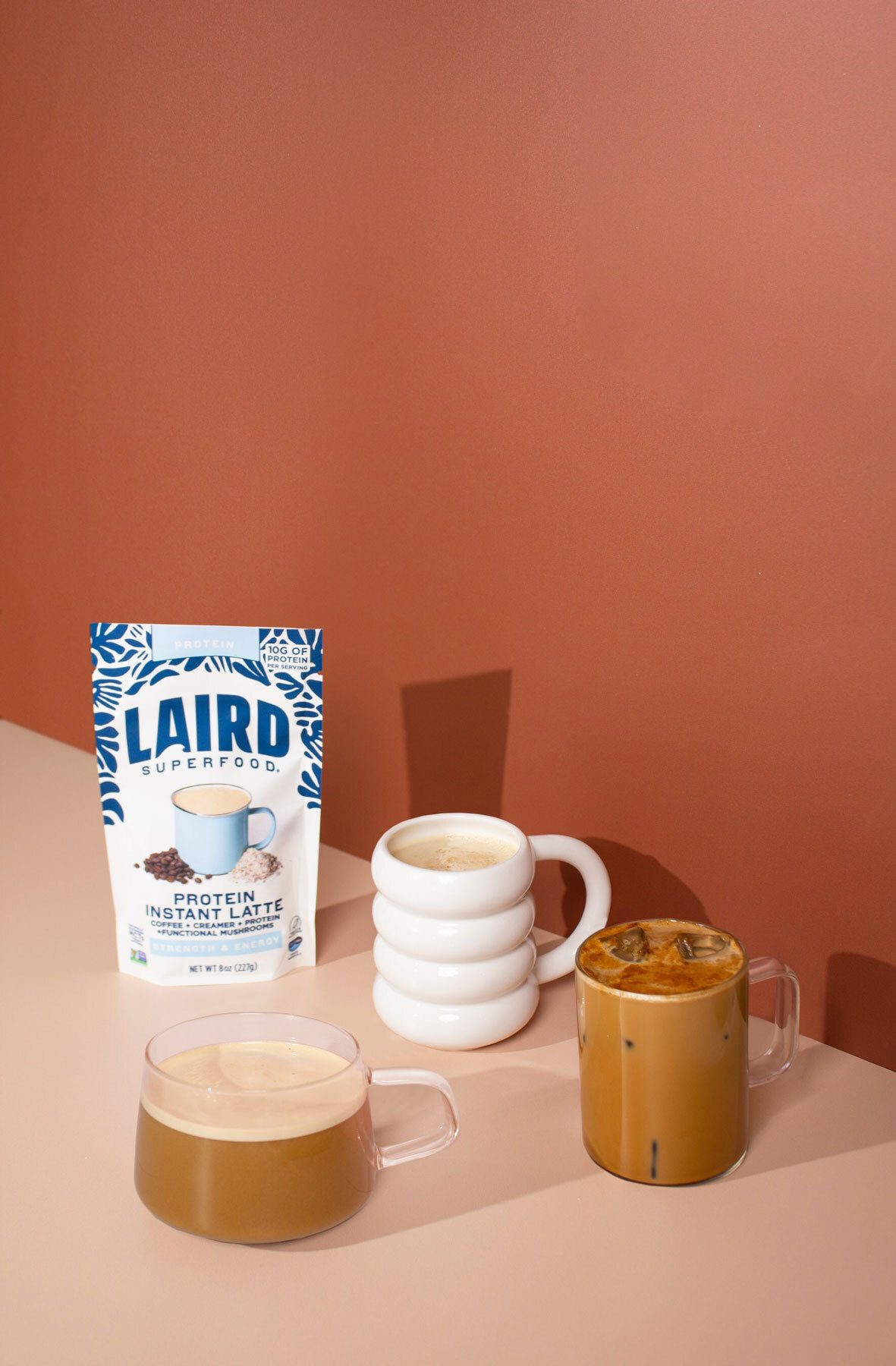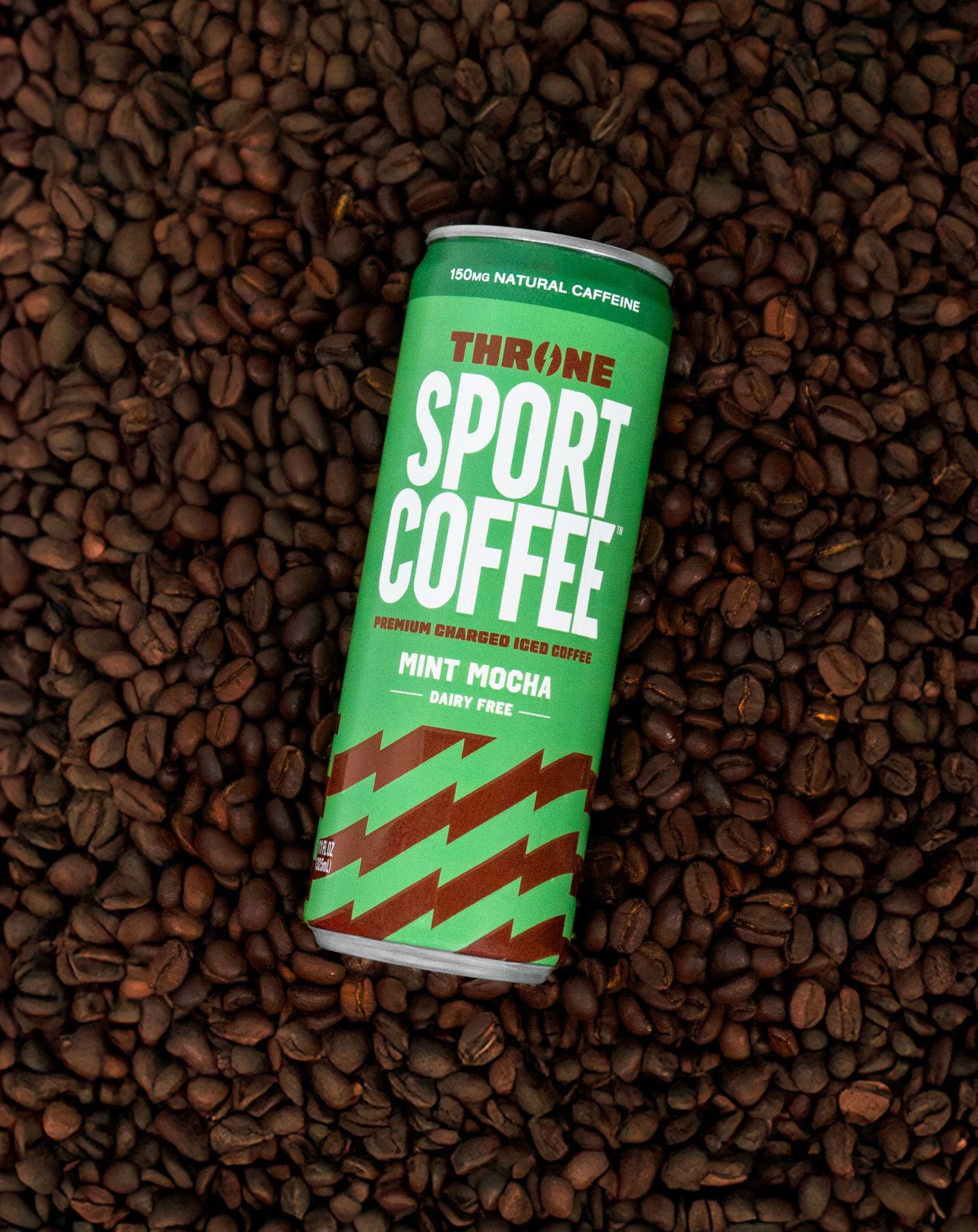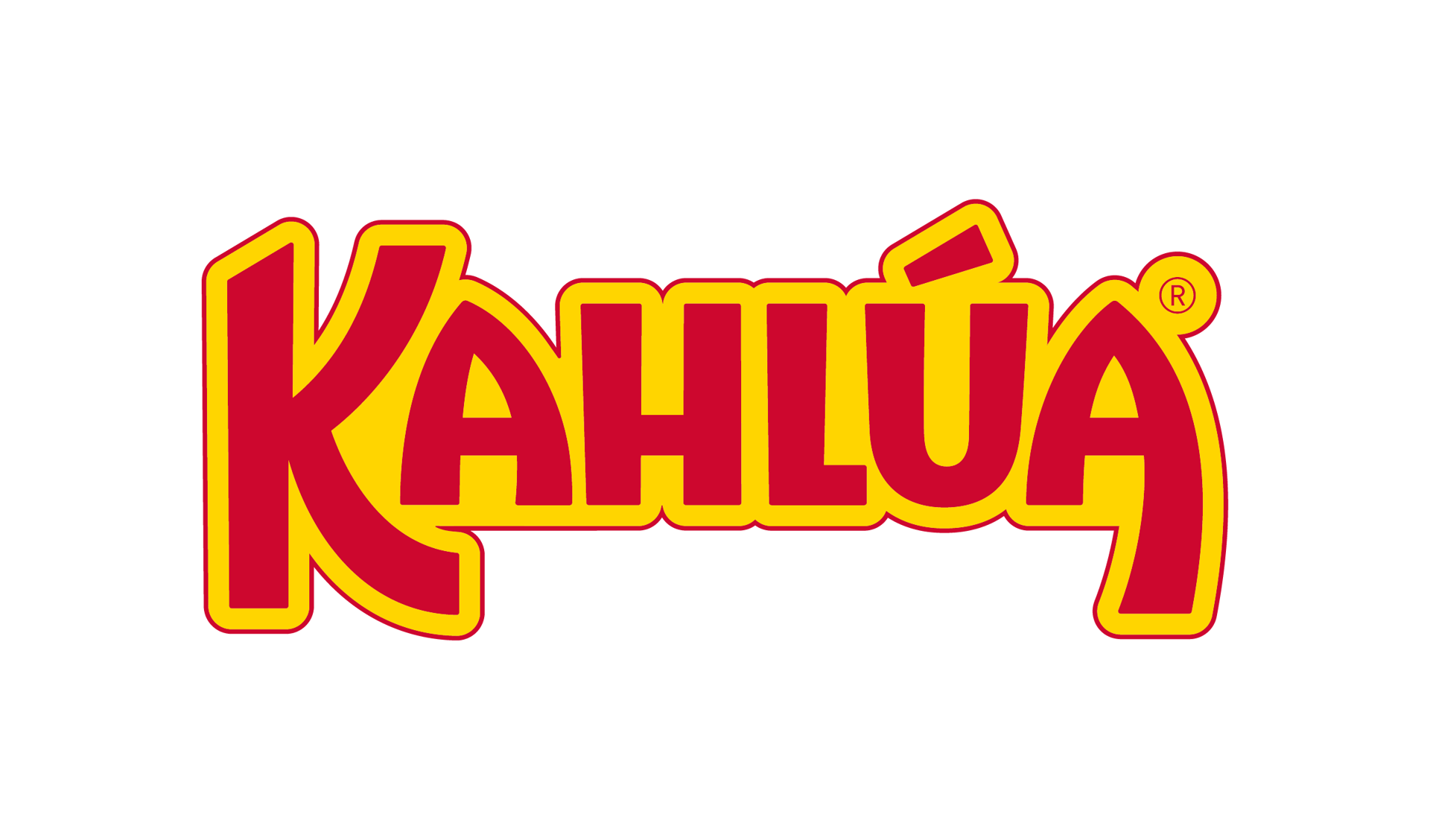Category Focus
Not your average (cup of) joe
Consumers crave added advantages in coffee beyond caffeine
By Chloe Alverson
(Image courtesy of Florence by Mills Coffee)
The term “Average Joe” refers to someone who is ordinary and does not possess any qualities that make them remarkable, memorable or unique. The term “cup of Joe” is a common way to refer to a cup of coffee. However, the way consumers increasingly are preferring their cup of joe is anything but average or basic.
Kelsey Girard, senior food and drink analyst at Mintel, Chicago, shares that the U.S. coffee market continues to face volatility in supply chains and pricing, while consumers grapple with overarching levels of uncertainty.
“Coffee remains a staple for beverage consumers, yet the beverage is becoming more about variety and ritual rather than a monotonous beverage that remains the same each day,” she says.
Mitch Madoff, head of retail partnerships at New York-based Keychain, notes the market is growing, but also getting increasingly fragmented.
“Cold brew, espresso drinks and specialty formats are pushing the category in new directions, especially among younger consumers who value variety and convenience,” he says. “At the same time, brands are feeling pressure from rising costs and supply challenges forcing a rethink on everything from sourcing to product mix.”
Despite inflation, Madoff states that demand for coffee remains strong, and that coffee continues to be one of the most resilient categories in the store.
Sally Lyons Wyatt, global executive vice president and chief advisor of CPG and foodservice at Circana, Chicago, shares insights on the U.S. coffee market from a sales perspective.
In the 52 weeks ending July 13, Wyatt notes that the coffee category has increased in unit sales by 2.1% and in dollar sales by 6%.
“In addition, upticks in sales have been realized by ready-to-drink (RTD) cold brew (plus 14.4% units) and refrigerated coffee (plus 5.1% units) as well,” she says. “We have, however, seen a slowing of sales YTD [year-to-date] 2025. Total coffee unit sales are plus 0.4% with instant, single cup and cold brew coffee growing.”

The functional coffee, creamers and superfoods producer recently unveiled its Laird Superfood Protein Instant Latte, a powder-to-latte mix that contains 10 grams of protein and organic mushroom extracts.
(Image courtesy of Laird Superfood)
Coffee additives, flavorings and whole beans also are growing this year, Wyatt adds.
“These trends show changes in choice, but not the fact that coffee is still within the consideration set for consumers as they seek beverages,” she says. “This is further seen via coffee consumption occasions. Consumers who buy RTD coffee still consume traditional coffee.”
According to Circana Path to Consumption, Wyatt says 86% of coffee consumed among RTD consumers is traditional brewed coffee.
She describes the consumer trends influencing the coffee category, noting the variety of coffee types provides options throughout the day.
“Traditional coffee is much more likely to be included in morning meal occasions than specialty coffee, and specialty coffee is more likely to be included in all other daypart occasions than traditional coffee, according to Circana Path to Consumption,” Wyatt explains. “Social media is having a big impact on coffee by providing education and fun ideas that are resonating with consumers. Some ideas and/or experiences can range from recipes or potential options at coffee shops to ideas for in-home consumption.”
She points to examples such as Cloud Coffee and functional coffees with ingredients like collagen, adaptogens (ashwagandha), mushrooms (lion’s mane, chaga) and nootropics.
“There are functional coffees that boost immunity, mental clarity and skin health,” Wyatt notes. “There are also coffee influences like Alex Moe with 1.2 million Instagram followers [and] Dina Kalanta with 1.3 million Instagram followers [and] 6.1 million followers on TikTok. Lastly, brand collaborations are a hit with consumers.”
This could be a brand collaborating with a popular influence but also co-branding with another brand, she adds.
Earlier this year, “Stranger Things” actress Millie Bobby Brown expanded her Florence By Mills Coffee line by partnering with Collab Coffee. The RTD iced lattes launched exclusively at Walmart.
Mintel’s Girard explains that consumer preferences are changing the coffee landscape.
“Overall, diversifying preferences for coffee beverages continue to play a strong role in the market,” she notes. “Younger generations are shifting the landscape in terms of coffee beverage choices, leaning into cold and hot variety and taking customization (e.g. use of cream, creamer) even further.”
Keychain’s Madoff says that consumers aren’t just reaching for caffeine, they’re reaching for coffee that aligns with their lifestyle.
“That means cleaner ingredients, ethical sourcing and functional benefits like focus and immunity,” he explains. “RTD is leading the way with cold brews and canned lattes becoming everyday staples, delivering café-level quality in formats that fit into consumers’ busy routines. At-home coffee culture is also booming.”
Similar to Circana’s Wyatt, Madoff mentions that social media has turned morning routines into rituals — and that shift is driving demand for plant-based milks and clean-label creamers.
“We’re seeing brands like MALK and Califia Farms ride that wave, offering products that feel both premium and personal,” he states.

Throne SPORT COFFEE’s Mint Mocha features natural caffeine, B vitamins, electrolytes and BCAAs and is designed for a clean, functional boost.
(Image courtesy of Throne SPORT COFFEE)
Madoff notes how premium and super-premium trends are affecting the U.S. coffee market.
“Premiumization is no longer a niche trend, it’s shaping the entire category,” he says. “Consumers want more than just a caffeine fix: they’re looking for elevated taste, clean ingredients and a product that feels worth paying for. At Keychain, we’re seeing the rising demand for seasonal and limited-edition options, like Chobani’s Coffee Creamers.”
There are products that borrow cues from the specialty space, Madoff notes. He says to think upscale branding, functional boosts and ethical sourcing while showing up in everyday formats.
“Personalization is a big part of this, too,” Madoff adds. “From flavored plant-based milks to flavored syrups from brands like Torani, consumers are customizing their coffee like never before.”
Mintel’s Girard says that younger generations are crafting their own definitions of premium and super-premium coffee experiences through the use of coffee accessories, appliances and customizations.
“These consumers are less likely than their older counterparts to own regular drip coffee brewers, and more likely to own specialty appliances and accessories like handheld milk frothers, coffee flavoring syrups, while noting strong interest in premium appliances like espresso machines and cold coffee machines,” she describes.
In other words, Girard notes that the premium and super-premium trends might lean more into preparation than strictly the coffee itself.
“Consumers have slowed their spending across all sectors and this includes food and beverages,” Circana’s Wyatt says. “However, we are seeing consumers bifurcating purchases by trading up to premium and super-premium options and, in some instances, trading down to private brand options. We are ‘going without’ based on the slowed spending, but consumers allow themselves to make ‘affordable splurges’ for more premium and super-premium coffee.”
It is a nice way to treat themselves, she adds.
Brewing something special
Despite all this innovation within the category experts share that inflation has impacted coffee sales.
“We have seen acceleration in coffee/tea pricing in 2025 because of ongoing supply volatility,” Circana’s Wyatt notes. “This is impacting some consumers in regard to what type of coffee they buy, how often and where.”
Inflation is shifting buying behavior, but it hasn’t slowed coffee down, Keychain’s Madoff says.
“For most people, it’s a daily ritual they’re unwilling to cut. Instead, they’re making trade-offers: smaller sizes, fewer café visits or investing in products that upgrade their at-home cup,” he states. “Keychain data shows consumers are prioritizing value in a new way. They’re not just looking at price, they’re looking at what a product delivers.”
Again, Madoff notes factors such as functional benefits, clean labels and ethical sourcing, which all play into consumers’ calculations.
“For brands, that means finding ways to deliver more without adding complexity,” he says.
Mintel’s Girard states that the coffee market has experienced volatile conditions in recent years, from pandemic spurred inflationary impacts to supply chain imbalances due to climate change and unfavorable coffee growing conditions.
“Now, the threat of tariffs looms and is likely to further impact coffee sales and prices,” she says. “When asked about changes consumers would make to their coffee habits if the price of coffee went up, the most common change they would make would be first making coffee more often at home.”
Gary Hemphill, managing director of research at Beverage Marketing Corporation (BMC), Wintersville, Ohio, notes that the overall performance of the U.S. coffee market has been sluggish.
“Higher prices have impacted performance of all beverage categories in recent years, including coffee,” he says. “Higher prices have meant softer volume performance.”
Among the various coffee segments, the experts note which are having the most positive impact on the category.
Mintel’s Girard says the coffee segment that sticks out due to its growth is that of instant coffee.
“Instant coffee has seen a level of premiumization, like the launch under premium brands or the launch of innovative products (e.g. instant iced coffee, Starbucks’ Crema Collection Instant Espresso) in recent years that has expanded perceptions of this segment,” she states. “This segment is also especially accessible, as it requires no special equipment, which can be particularly relevant for consumers who don’t currently have resources to invest in expensive coffee making equipment.”
There are pockets of growth all throughout the coffee category, Circana’s Wyatt notes.
“Notable mentions include energy drink brands getting into iced coffee, big and small brands making a mark in cold brew and purpose-driven brands resonating,” she says.
“Consumers tend to fall back on bottled waters for their perceived safety and better taste compared to tap water. Safety, health and convenience perks will drive continued growth of bottled waters.”
– Julia Mills, food and drink analyst at Mintel
“Cold brew, espresso drinks and specialty formats are pushing the category in new directions, especially among younger consumers who value variety and convenience.”
– Mitch Madoff, head of retail partnerships at Keychain
Meanwhile, Keychain’s Madoff views RTD coffee as the clear standout within the category.
“Keychain data shows strong growth in cold brew, canned lattes and functional blends with ingredients like protein or adaptogens,” he shares. “These products meet consumers where they are, on the go, and offer the premium experience they want without the café price tag. Pods are also experiencing steady growth, evolving from basic convenience to personalized experiences.”
The Boulder, Colo.-based Laird Superfood recently released its Protein Instant Latte, a powder-to-latte mix containing 10 grams of protein per serving. The latte mix comes at a time to meet demand for protein-packed foods, the company says.
Brands like Nespresso offer specialty blends and sourcing transparency, helping elevate perception and loyalty in a crowded aisle, Madoff adds.
Emerging segments such as cold brew also are affecting the coffee arena.
“Cold brew has opened the door to new consumers,” Madoff says. “Its smooth profile and lower acidity have made it more accessible, especially for younger crowds. It’s not just a trend, it’s a format that’s expanding the category.”
Madoff has observed growing interest in formats like coffee concentrates as well.
“These products offer customization and portability, checking the boxes for convenience and control,” he expresses. “It’s proof that consumers are open to reimagining how and when they drink coffee.”
Overall, the coffee market has seen diversified tastes translating to demand in different categories like RTD and cold brew, Mintel’s Girard shares.
“In the past three years, though, sales have steadied out a bit in the RTD segment (and the coffee market overall), following the elevated growth seen during the pandemic,” she explains. “Cold coffee options like cold brew have played a large role in consumer’s diversifying preferences, but variety remains the name of the game as consumers look to both cold and hot coffee options to meet different occasions and cravings.”
Circana’s Wyatt feels that emerging segments are adding exploration, excitement and more occasions for consumers who love coffee, but also says new varieties hitting the market might appeal to those who have not been coffee consumers in the past.
BMC’s Hemphill notes that RTD coffee had been the star of the coffee category up until 2021, when it faced slowed growth due to inflation.
“Innovations like cold brew coffee and nitro coffee have helped to boost RTD coffee sales,” he shares. “That said, most of the benefits of this innovation has cycled through and is having less impact on the category today.”
As for what is brewing in the segment’s future, Mintel’s Girard suspects at-home coffee consumption to regain popularity.
“Reminiscent of the at-home coffee making trend that boomed during the pandemic, consumers may, once again, increasingly turn to at-home coffee preparation, but this time, likely due to budgetary reasons,” she says. “With coffee prices elevated due to supply chain challenges and tariff implications, at-home coffee will be more shielded than away-from-home options. Still, categories like instant coffee, which blend accessibility, customization and, in some cases, premiumization, will see paths to growth as consumers look for ways to enjoy coffee within budgets.”
Segments like roasted coffee and single-cup coffee might see consumers’ preferences shift within those segments, Girard notes, as consumers seek out promotions and value brands in some cases.
“RTD coffee will be challenged to maintain its value equation and offer a sharp price per serving, perhaps creating more opportunity for things like coffee concentrates,” she states.
Circana’s Wyatt shares that, given supply constraints, growth in the coffee category will be hard-earned going forward.
“Companies need a comprehensive consumer strategy to ensure they hit the mark with product offerings, optimal channel distribution, etc.,” she suggests. “Consumers are becoming more price sensitive, so companies should focus on price/pack/cohort architecture to make sure they have size and flavor varieties that will appeal to key cohorts.”
Wyatt says innovation will be critical.
“As consumers turn to a broader beverage consideration set, coffee brands and retailers will need to stand out and use social media to inform and inspire,” she states. “Tap into flavors resonating outside of home striving to have an affordable out-of-home experience in-home. Some of the recent popular flavors include chocolate and peanut butter, oatmeal raisin and white chocolate caramel.”
Keychain’s Madoff shares premium offerings will thrive going forward.
“In traditional coffee, premiumization will continue to drive growth,” he says. “Shoppers are looking for brands that are transparent about sourcing and ingredients, and that translate quality into real value.”
In the RTD coffee segment, Madoff feels that the runway is even longer.
“It’s becoming a testing ground for bolder flavors, added functionality and new use occasions, from morning commutes to post-workout boosts,” he notes. “Keychain data shows high consumer interest in products like La Colombe’s Draft Lattes and variety packs that deliver both convenience and novelty.”
Both markets are evolving, Madoff says, but this steady growth highlights a larger shift: consumers are eager to find new ways to enjoy coffee on their own terms, whether they’re brewing at home or grabbing something on the go.
Whatever the occasion or location, it appears that brands must deliver on consumer desires to succeed within the crowded coffee market.
